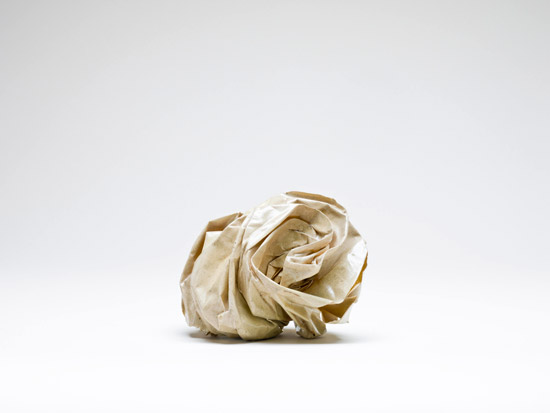1950
Neo-Dada

description
Neo-Dada
From 1950 to this day
From Greek “neos” (new); the word Dadaism comes from the French “dada” – a horse in children’s speech. The term was coined by American critic Barbara Rose in the 1960s.
Neo-Dadaism is an art movement uniting such structures of visual art as painting, sculpture, installation and performance; a combination of modern movements with the principles of dada.
Neo-Dada most often uses readymade, referring to the methods of dada.
Some elements of Neo-Dada: sloppy, “untidy”, figurative or abstract painting, broken furniture, electrical appliances, torn books, children’s toys, crumpled rags, cans, glass bottles, musical instruments, a barn, performance and so on.
Key ideas:
– The concept of Neo-Dada is the denial of art through the replacement of a work of art with an object of absurdity, the desire to dissolve it in life, the struggle against the cultural canons and logic of capitalism.
– Neo-Dadaists considered themselves opponents of commercialization, moving away from aesthetic pleasure.
– The semantic load of works is sarcasm, irony and claim.
description
An American artist and sculptor, a significant figure of modern painting and sculpture, one of the most commercially successful artists of the 20th century. Jasper Johns expressed the idea that art can be understood and close to each person, and not just for particular connoisseurs.Having abandoned the principles of Abstract Expressionism, misty and distant from people, he used generally known things, symbols of a certain phenomenon, ideas or just everyday habits in his paintings. His most famous picture of this style is “The American flag” – a recognizable and familiar to everyone national symbol, which the artist turned into a colourful painting.The name of Jasper Johns is often remembered together with another painter, his close friend and colleague Robert Rauschenberg. After Johns met him, his style significantly changed, and his ideas were realized in original and truly innovative works.The artist’s use of simple objects, for example, beer cans, which he made as a work of art, makes his work related to a conceptual approach to fine art. With his creations, the artist deliberately violated the boundaries between art and everyday life; this marked the beginning of the pop art movement that was extremely popular in the USA in the second half of the 20th century.The artist currently lives in Connecticut and is considered the most expensive of the living painters.
1930
description
A German sculptor, draftsman, one of the leading theorists of Postmodernism, professor at the Academy of Arts in Dusseldorf, a public figure. Joseph Beuys was actively involved in issues of humanism, social philosophy and anthroposophy, which led to his expanded concept of fine art, the creation of social sculpture. The creator is considered one of the founders of such performance art as fluxus, which became popular in Germany. In this regard, Andy Warhol called Beuys the “ideal partner”.The activities of Joseph Boyce cover four areas: material works in the traditional artistic sense (sculptures, paintings, drawings, art objects), staging and execution of actions and stock fluxes; works on the theory of art used in teaching, as well as socio-political activities (organization of parties, meetings with politicians, the Dalai Lama, etc.).Beuys is world-famous as one of the most important innovators of 20th-century art. The largest collection of the master’s works is held at the Berlin Hamburger-Bahnhof Museum, which also houses the most comprehensive media archive. The museum is a center for the study of the artist’s work. From 2008 to 2014, the Joseph Beuys Theater was operating in Moscow.
1921 - 1986
